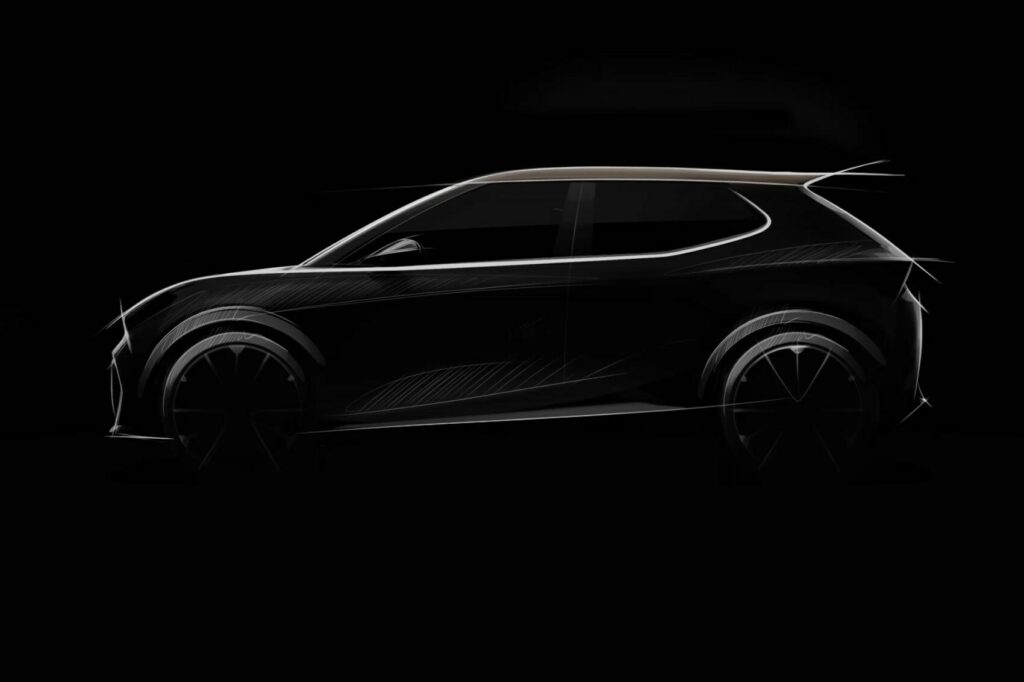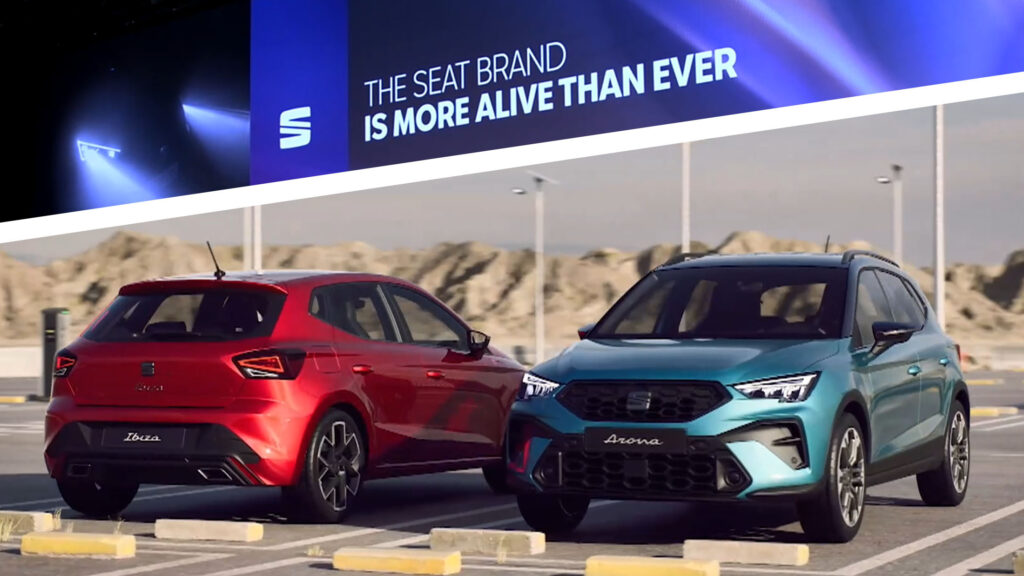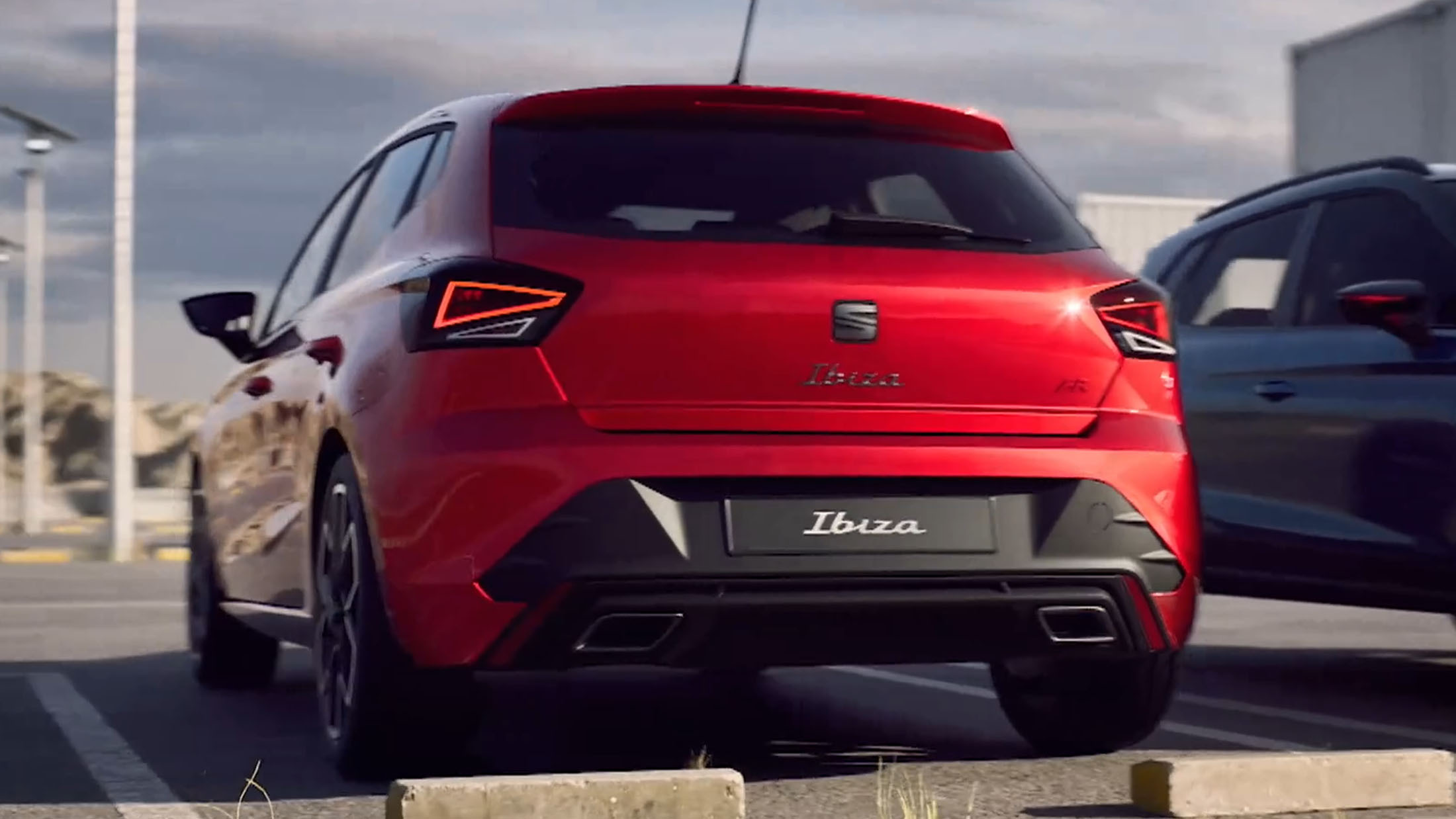Seat, the often-overlooked member of the VW Group, is poised for a rejuvenation as its CEO has unveiled plans for upcoming facelifts across its lineup, including the Ibiza, Arona, Leon, and Ateca models. The Spanish automaker is shifting its focus towards fuel-efficient and electrified combustion engines as it prepares for the eventual end of the ICE era.
While prioritizing this transition, Seat also has its sights set on introducing an electric vehicle once affordable electric platforms become more accessible.
During the VW Group’s annual media conference, Wayne Griffiths, Seat and Cupra CEO, said: “My message is clear, the Seat brand is in great health and we’ll continue to play a key role in meeting our profitable growth in the future. It’s important that Seat gets back to where it belongs, continuing the double-digit growth we achieved last year.”
“On our journey to electrification we will launch improved plug-in hybrid and fuel-efficient cars throughout the Seat brand until the end of the combustion era. We’re working to invest in the brand and we’ll update the Seat Ibiza, Arona, Leon, and the Ateca,” Griffiths added.
Facelifts For (Almost) The Entire Range
Facelifted Seat Ibiza And Arona
Seat offered a glimpse of the second consecutive facelift for the Ibiza and Arona models, slated to debut by the end of 2025. These subcompact vehicles, which are among Seat’s top sellers, will receive visual enhancements including sharper LED headlights and redesigned bumpers, aimed at maintaining their appeal for years to come.
The current generation of the Ibiza debuted in 2017 alongside the closely related Arona SUV, with both models receiving their first facelift in 2021. It is not clear if the second facelift will include some sort of electrification but that’s certainly a possibility thanks to the mild-hybrid engines already available throughout the VW Group.
Before the smaller models go under the knife, Seat confirmed that the Leon will be the first to receive a mid-lifecycle update “in the coming months”. The compact hatchback and estate will benefit from several technological improvements including “a newly designed and improved HMI, larger infotainment system, and LED Matrix headlights” mirroring the updates introduced by the related VW Golf. The same applies to the powertrain lineup which will be renewed with the addition of a new PHEV featuring a larger battery pack resulting in an extended EV-only range of 100 km (62 mph).
More: Seat Ibiza Gains Anniversary Limited Edition
The Facelifted Seat Leon / Spy Shots: SH Proshots
The Ateca SUV, introduced in 2016 as a sibling to the Skoda Karoq, is also set to receive updates. Having undergone its first facelift in 2020, the upcoming revisions aim to further enhance its appeal and features.
Curiously, the Seat Tarraco, a larger three-row SUV that debuted in 2018 and is closely related to the Skoda Kodiaq, was not mentioned in the presentation. This omission suggests that the company may be considering dropping it from the lineup rather than giving it a second chance.
EVs Are Coming When The Time Is Right
Griffiths also hinted at the possibility of a new fully electric Seat, stating, “We are also exploring opportunities to enter the electric market under the Seat brand. However, this decision must be timed correctly, ensuring affordable electric platforms are available in that segment.”
These comments suggest that Seat’s EV plans have not been finalized yet. VW Group officials might wait a little longer until the circumstances are right to invest in a new electric offering that would make sense for the Spanish brand.
If Seat gets the green light for a new EV, it will likely be positioned in the smaller segments. Our best guess is a more affordable alternative to the upcoming VW ID.1, serving as a successor to the short-lived Seat Mii electric. Back in 2019, Seat showcased the el-Born EV concept, which eventually entered production as the Cupra Born. However, in 2021, Seat teased a smaller EV which was later canceled in favor of the Cupra Raval.





















